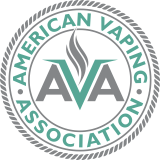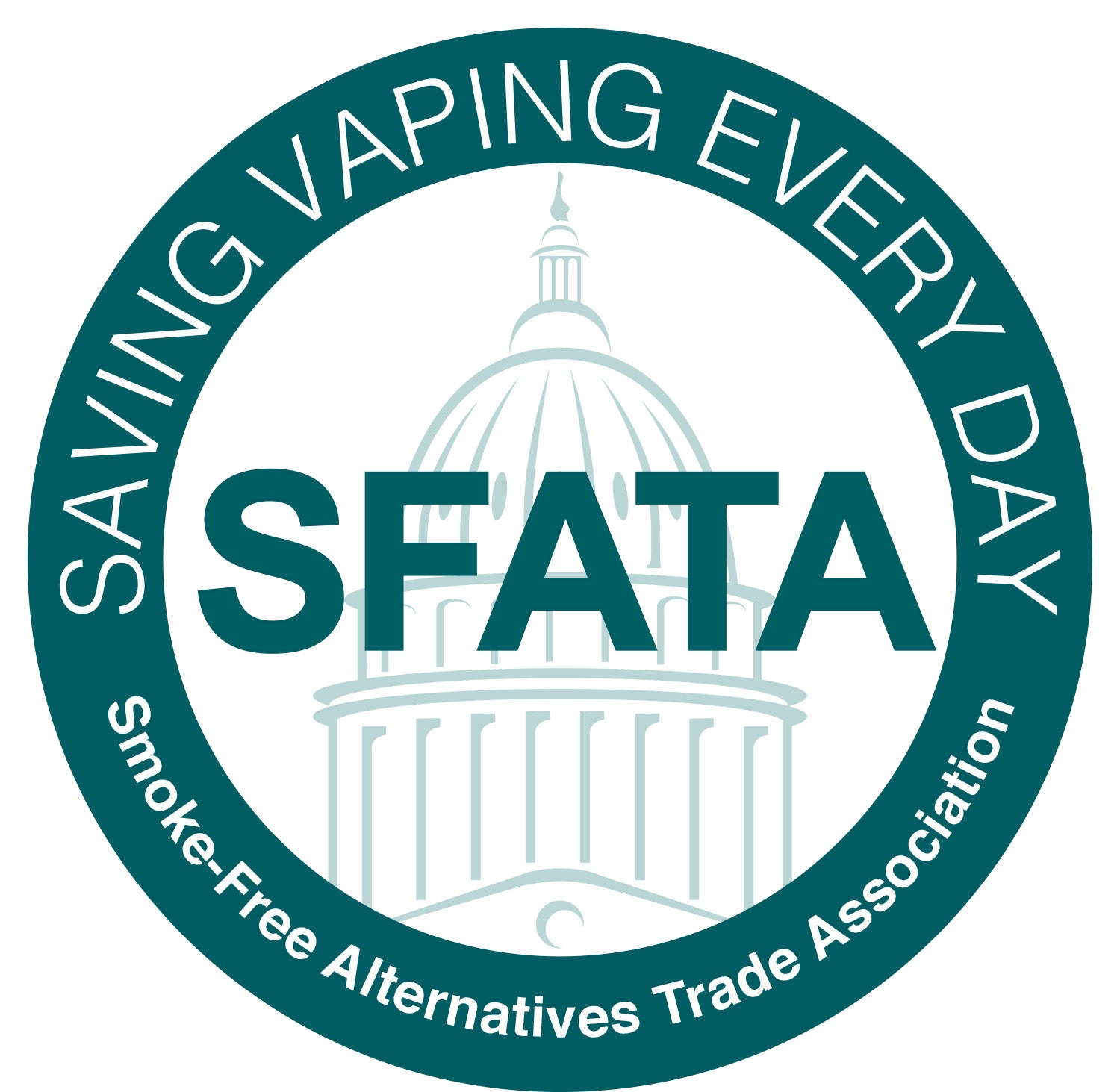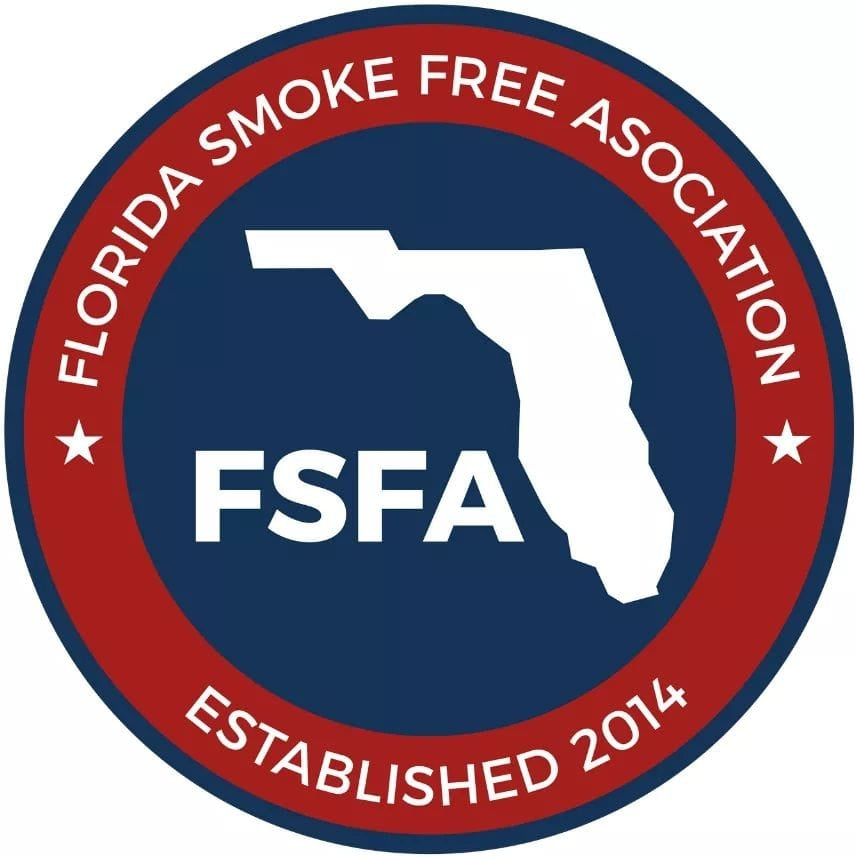In the world of public health, narratives on vaping are complex. Join us in unraveling this discourse through the 2023 National Youth Tobacco Survey (NYTS). Explore the vaping industry, dissect youth tobacco trends, and discover Lindsey Stroud's insights on the matter.
Brace yourselves for an exploration of anti-vaping claims. We'll perform a dissection of the public health debate. Then, we'll investigate the ever-shifting goalposts in discussions around tobacco. Those same shifting goalposts leave us wondering: are we moving closer to clarity or further into a haze of misinformation?
Buckle up as we separate fact from fiction. Gain insights into youth tobacco use trends and unearth strategies for debunking anti-vaping claims.
- The Landscape of Vaping - A Real and Steady Decline of Tobacco Use
In the nicotine consumption world, vaping continues to emerge as an influential force. Once a niche, vaping has blossomed into a formidable industry. In fact, it's reshaped the way many individuals approach tobacco use.
As we explore vaping, imagine a world where stylish devices overshadow cigarettes. Vaping's popularity and growth aren't trends - they show significant change. It's more than a trend; it's a cultural shift. The stats uncover a clear decline in traditional tobacco use, especially among the youth. Beyond the numbers, innovations in vaping tech have been groundbreaking. We've seen modes from small pods to advanced. Each version aims to improve the user experience and contributes to harm reduction. Let's dive into this thriving industry to learn more about recent market stats and uncover the numbers.
Overall Trends in Youth Tobacco Use
Youth tobacco use is changing, with a notable drop from 16.5% to 12.6% among U.S. high school students. This decrease is mainly due to fewer students using e-cigarettes, down from 14.1% to 10%f. These figures tell a story of changing preferences and habits among the younger generation.
Lindsey Stroud's insights add depth to this trend. She highlighted the potential consequences of continuously shifting the goalposts in public health messaging. As definitions change, it raises questions about the effectiveness of the messages. Furthermore, it questions their impact on shaping behaviors among middle schoolers and their overall goals.

Current Use Statistics
When it comes to current use, 10% of students report using any tobacco product. Breaking it down, high school students come in at 12.6%, while middle school students are at 6.6%. These numbers give us a snapshot of the current landscape of tobacco use among students.
Findings on Youth E-Cigarette Use
E-cigarettes are currently used by 7.7% of students, revealing a notable presence among youth. Delving deeper, over 25.2% of youth e-cigarette users report using them every day.

Anti-Vaping Claims
In the ongoing talk about vaping, states, the FDA, and the CDC share various claims. We'll dig into these to uncover the misinformation. That's about health risks, marketing, and vaping's role in quitting smoking.
As we dive in, our aim is to break down and clarify these arguments that contribute to negative views. There are worries about health impact and doubts about vaping's efficacy at smoking cessation. Let's unravel the details of the various anti-vaping claims out there. We'll provide a clearer picture for an otherwise complex discussion.
Public Health Debate
The role of vaping in tobacco harm reduction is a subject of ongoing debate among public health experts. Some argue that promoting vaping as an alternative to smoking leads to positive health outcomes. Others express concerns about the potential health risks associated with vaping and its appeal to non-smokers, particularly youth. Experts clash on whether vaping can help smokers or pose more dangers. Some support its harm reduction potential, steering smokers from more harmful options. It's important to note that current data supports vaping's harm reduction potential.
Moving the Goal Posts
In the world of public health, there's a noticeable trend - the constant shifting of goals. Lindsey Stroud points how the focus once moved from smoking tobacco. Now, it's moved to nicotine addiction. That raises reasonable concerns about whether these changes align with the original goals. Stroud continues to discuss the consequences of this ongoing shift. We see examples where the focus changed and its effectiveness with health campaigns.
Stroud also talks about the changes in definitions and categories. Previous data points focused on smoking, but not they focus on overall "tobacco use" numbers. These numbers include vaping and other forms - and they're now in the spotlight. The shift makes us question how it might impact public perceptions of vaping.
Dispelling Myths: The Report
The 2023 NYTS is anchored on rich data that we lean on for this blog. The survey captures the landscape of youth tobacco use. It was conducted between March 9 and June 16, 2023. As we dive further into its findings, we discover a compelling narrative. It challenges common anti-vaping claims. The 2023 survey reveals a steady decline in tobacco product use among U.S. high school students. The number dropped form 16.5% to 12.6% and is primarily driven by a reduction in e-cigarette use. These figures mean over 580,000 fewer high schools students were using e-cigarettes in 2023.
The report also exposes some myths about vaping. There was a modest increase in "overall tobacco product use" among middle school students. However, while there is an uptick, it isn't substantial (4.5% up to 6.6%). There's also no change observed for individual tobacco product types - this challenges the notion that a rise in overall tobacco use directly correlates with an increase in more harmful products).
Lastly, the numbers help to remind us that it's crucial to scrutinize every statistic. From that scrutiny, we must also understand the broader context. We must acknowledge the other complex factors in play.
The Harm Reduction Approach
A key aspect when discussing vaping is its harm-reduction potential. Vaping stands out as a less harmful alternative to traditional tobacco smoking. Unlike combustible cigarettes, vapes operate by heating oil-based e-liquid to generate a vapor users then inhale. The process eliminates many of the harmful chemicals produced by combusting tobacco.
The shift from smoking to vaping marks a reduction in exposure to toxic substances in cigarettes. That harm-reduction potential provides consumers a safer alternative to combustible tobacco. And in some cases, that can lead to more positive health outcomes.



Smoking Cessation Tool
One of the original perks of vaping was its role as a smoking cessation tool. Some smokers continue to find success using vaping as a means to quit smoking for good. The concept revolves around a gradual transition that allows individuals to reduce nicotine intake with a long-term goal of quitting. The approach uses vaping as a stepping stone users can lean on to break free from smoking.
Popularity Among Youth
The surge in youth vaping sparks concerns. But, it's imperative to acknowledge a more-nuanced perspective. Evidence suggests vaping may serve as a diversion from tradition tobacco smoking. That goes especially among the youth! Notably, some young individuals who experiment with vaping don't progress to cigarette smoking. These facts challenge the narrative that all youth who vape transition to smoking. On the contrary, vaping trends may be helping to reduce actual tobacco use further.
Responsible Vaping and Regulation
Understanding how to vape responsibly is important for keeping everyone safe and healthy. It contributes to the commitment to public health. Vaping also helps foster a culture of safety and mindfulness among users. Several proposed regulations aim to boost the safety of vaping products. These range from stricter quality controls to standardizing testing procedures. Industry standards may one day include guidelines for manufacturing processes and ingredient transparency. Ultimately, these are are all geared toward ensuring the overall safety of vaping products.
There are also efforts to curb underage vaping, starting with robust age verification measures. These are often implemented by vape retailers and online platforms, taking a page from the regulated cannabis and hemp industry. The measures include ID checks and stringent online verification processes. Regulatory initiatives focus on restricting marketing practices that may appeal
Closing Thoughts
BLVK E-Liquid typically avoids getting involved in more controversial subjects. But, it's crucial to spotlight the vaping industry's relentless commitment to safety. Vaping is seen massively positive strides, most notably in reducing youth tobacco use nationwide. As we emphasize the significance of accurate information, let's recognize the vaping industry's role in harm reduction. BLVK E-Liquid encourages responsible vaping practices for a safer tomorrow.










Leave a comment
This site is protected by reCAPTCHA and the Google Privacy Policy and Terms of Service apply.